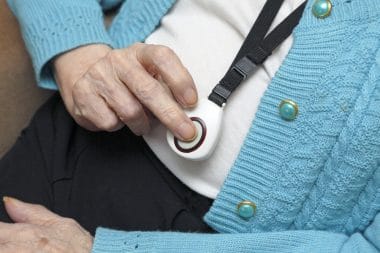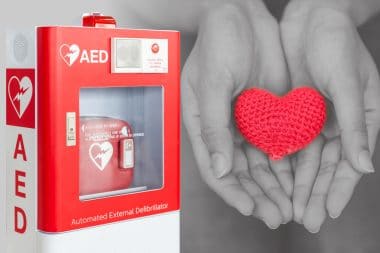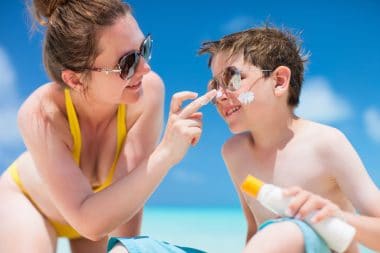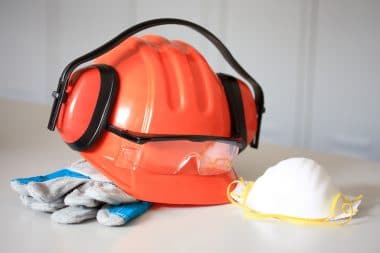Since the coronavirus pandemic started early last year, dental offices were temporarily shut down for a couple of months. Until the time came, dental offices have to continue their operations due to the increasing demand for dental care. With this, all reopened dental offices have to quickly adapt to new health protocols and procedures for both the patient and the dentist’s safety.
Even so, dental work can still place the dental health care providers at a very high exposure risk. That is why dental offices throughout the country are doing their best to adjust to the new normal and making strict safety enhancements for both the staff and the patients.
Here are a few methods that dental clinics had to comply with to adapt to the pandemic:
1. Pre-appointments Only
Before the pandemic, most dental offices receive walk-in patients. With the pandemic, dental offices must only entertain patients who have made appointments ahead of time. This way, dental staff can have time to ask their patients on the phone about their current health status and any history related to COVID symptoms. They will also ask you the same question when you arrive to ensure nothing has changed with your health.
Dental clinics like A&L Clinics make bookings easier through their website. You’ll be asked to provide some personal information including your contact details. In some instances, clinics provide an online form where you can ask for more information regarding their new protocols during this time of the pandemic.
Booking patients in advance can also help the staff to know their expected number of patients for the day, and they can have full control over their dental office’s population. The dental office staff may ask you to limit the number of companions you bring during your appointment. This means you have to attend your appointment alone or allow your children to go inside the dental office alone while you wait for them outside.
2. Enhanced Air Filtration
Since the reopening of dental offices, they have now focused on having enhanced air filtration. Some offices use a natural way of disinfecting the air, called hypochlorous acid fogging. Meanwhile, others also opt for air purifiers to improve air quality for both patients and staff.
This precaution is essential to prevent airborne and surface contamination and assure both the patients and staff of their safety during their stay in the office.
3. Extensive Preparation of the Physical Offices
Aside from tightening their air filtration functions, dental offices are now deeply cleaned once or twice on a daily basis. Most especially the areas where patients touch or sit on, such as in the waiting room and the treatment rooms. All these are cleaned according to CDC guidelines and with CDC-approved cleaning products.
During your visit to the dental office, you may notice some things removed in the waiting area, such as toys, magazines, and newspapers. Instead, everything is replaced with hand sanitizers and tissues for you to disinfect your hands and wipe down any items you touch. This was done to minimize clients from touching unnecessary items and minimize the risk of contamination.
4. Administrative and Work Procedures
The reason offices need to limit the number of clients to entertain per transaction is so that social distancing can be strictly implemented. Even the number of dental health care providers that are present during the procedure must be limited too.
During your appointment booking, some dental offices may ask you to settle your payment arrangements in advance to minimize contact with the health staff. This will avoid delay, and you can proceed directly to the exit without stopping at the counter and have further interaction with anyone.
When clients arrive in the office, they may be asked to wait outside until the office, and the staff will be ready for you. In entering the office, you will also be screened by taking your body temperature and asking you to fill up health forms stating that you are healthy and do not experience any COVID symptoms. Not only patients but also the dental health care providers are always monitored before they check-in at the office for their duty.
As mentioned, the dental team is exerting much effort in preparing their offices for the customers. They clean their treatment rooms and replace the equipment used after every patient. Instruments used in every patient are sterilized to prevent spreading germs and reduce the risk of contamination.
Dental offices are advised to minimize the use of dental aerosols during treatments. As an alternative, they must use a specific piece of equipment to capture aerosolized droplets at the point of care. Because of this, it became a challenge for dental practitioners to find special equipment recommended as they look where to purchased and install them.
Plexiglass shields or droplet barriers are also now placed at reception areas. This is to help maintain distance between you and the staff. Simply, it’s essential for all dental offices to main social distancing at all times to protect both you and the dental team from the risk of contracting the coronavirus.
5. Contamination and Exposure Risk Reduction
There are still plenty of risk reduction efforts instituted by dental offices.
- They strictly require the patients to wear a mask when entering the office. They must also bring their own blankets they can use during the session. Some offices even require patients to have boot covers.
- Hand sanitizers are readily available at the office’s entrance, so patients must wash or disinfect their hands upon entering. Be prepared as the staff will also screen you by taking your temperature.
- Dental staff must also keep a logbook about all the patients they’ve handled in a day. This is to make contact tracing a lot easier once one feels any symptom or contracts the virus.
- Both the patient and the staff must answer questionnaires about COVID-19 exposure history or symptoms.
- The existing keyboards and computer mouse in the treatment rooms are now covered with plastic wrap and frequently changed after every patient.
- The operatory room is always cleaned and disinfected between patients. Since this may take a lot of time, dental offices limit their number of patients per day to minimize waiting times.
- Staff must strictly wear a complete set of personal protective equipment before entering the office and change it every after patient. Additional PPE includes gloves, eye protection, scrubs, N95 Mask or Level 3 mask, and face shield. Most importantly, they must change out of these clinical clothes before leaving the office. If it’s disposable, it must be disposed of properly, away from the reach of any passing public.
Wrapping Up
No one can deny the tremendous challenges and sacrifices that dental health care providers have faced over the past months. Aside from focusing on the patient’s needs with their dental health, they must also secure their patient’s safety and protection against the Coronavirus. Both the dental staff and patients won’t risk returning to the offices if new protocols, new equipment, and strict protection are not implemented. Doing so will protect the dentist’s integrity and continually earn the trust of their patients. Anyway, this pandemic is not bound to stay forever.








Reply